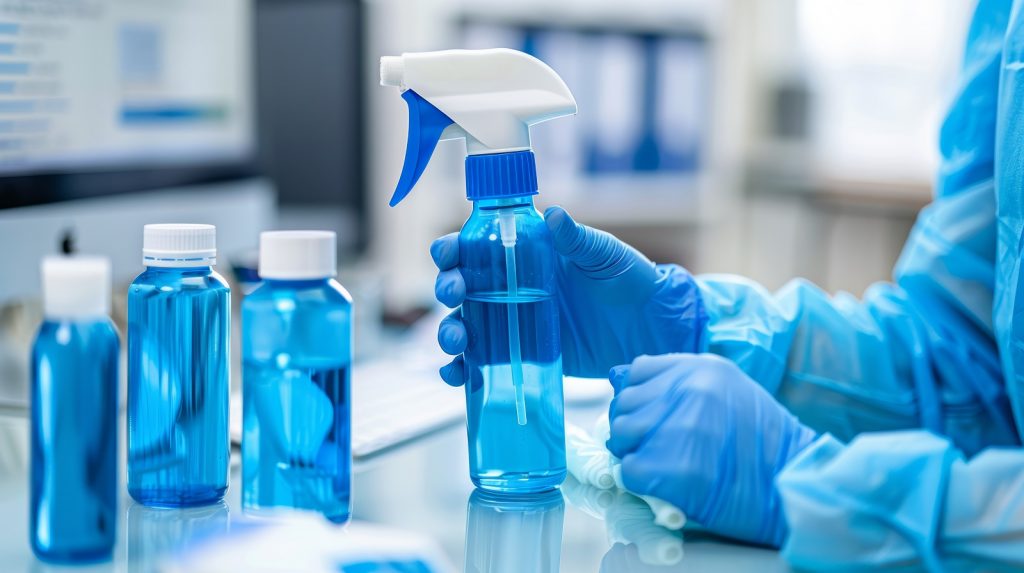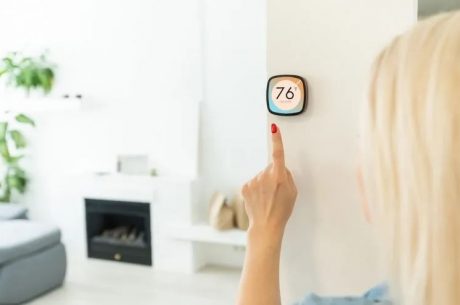The Truth About Antimicrobial Use in Water Damage Restoration on Long Island
The use of anti-microbials in water damage restoration is often misunderstood. Many Long Island homeowners believe that a single application of antimicrobial spray can instantly eliminate all harmful microorganisms. However, the reality is much more nuanced. Professional restoration firms must clarify that antimicrobials are just one tool in a comprehensive restoration strategy, not a standalone solution.
What Are Antimicrobials?
Antimicrobials are substances designed to destroy or inhibit the growth of harmful microorganisms, including bacteria, viruses, and fungi. These products are strictly regulated by the U.S. Environmental Protection Agency (EPA) under the Federal Insecticide, Fungicide, and Rodenticide Act (FIFRA). In New York State, additional regulations may apply, and some products require users to be licensed pesticide applicators.
Professional Antimicrobial Application and Limitations

A reputable Long Island restoration company will always follow FIFRA training, safety, and licensing requirements. At PuroClean of Huntington, we emphasize:
Proper Training and Supervision
Our team undergoes continuous training to stay up to date with the latest safety protocols, application techniques, and product knowledge. We also provide regular on-site supervision to ensure procedures are followed correctly. This minimizes risks and ensures responsible antimicrobial use.
Strict Label Adherence
Antimicrobial product labels are legal documents, not just suggestions. They specify everything from application methods (spraying, fogging, wiping) to required dwell times (how long the product must remain wet on the surface) for effectiveness. Using these products improperly can lead to ineffective treatment, health hazards, or legal consequences.
Detailed Documentation
We maintain thorough records of every antimicrobial application, including:
- The specific product used and its EPA registration number
- Date, time, and location of application
- Required dwell time and surfaces treated
- Safety precautions taken
This documentation ensures transparency for homeowners, provides accountability for our team, and can be invaluable for insurance claims or future reference.
Safety as a Top Priority
At PuroClean of Huntington, safety is always our primary concern—for our team, our clients, and anyone who enters the affected structure. Consider these key safety factors:
Biocidal Nature
Antimicrobials are biocides, meaning they kill living organisms. Their use must be carefully controlled, especially in homes with vulnerable individuals such as young children, elderly residents, or those with respiratory conditions.
Open Communication
We believe in full transparency. Before applying antimicrobials, we clearly explain potential hazards and benefits, ensuring homeowners understand the process. Written informed consent is obtained prior to application.
Precautionary Evacuation
In certain cases, it may be necessary for occupants to temporarily vacate the premises during application. Our professionals assess each situation to ensure the safest course of action.
Antimicrobial Spray for Water Damage: Effectiveness and Limitations
The effectiveness of antimicrobials depends on factors such as:
- The specific product and its targeted microorganisms
- Application method and dwell time
- Environmental conditions such as temperature and humidity
Label Claims and Specialized Products
Each antimicrobial product is rigorously tested and regulated by the EPA, with label claims specifying what it effectively combats—whether it’s bacteria, fungi, or viruses. Some products target specific pathogens like Legionella, Mycobacterium tuberculosis, or Aspergillus. However, these specialized antimicrobials require expert application to ensure effectiveness.
No Unverified Claims
We only use products that are EPA-registered and do not make unsubstantiated claims. If a customer requests treatment for a specific pathogen, we only promise results that align with verified product claims.
Transparency
We provide Material Safety Data Sheets (MSDS) upon request. These documents detail a product’s composition, potential hazards, proper handling procedures, and emergency measures—giving homeowners peace of mind.
When Are Antimicrobials Necessary in Water Damage Restoration?
While antimicrobials can be useful, they are not always necessary. Professional assessment is key.
- Source Identification – The type of water intrusion determines whether antimicrobials should be used.
- Prioritizing Drying and Removal – The best remediation method is rapid drying and removal of contaminated materials through cleaning, demolition, and proper disposal.
- Detergent Solutions May Be Enough – In many cases, a detergent solution is just as effective as an antimicrobial in cleaning up water damage.
- Black Water Contamination – When dealing with “black water” (such as sewage backups or floodwaters from Long Island storms), antimicrobials are crucial to controlling microorganisms and ensuring a safe environment.
Trust the Experts at PuroClean of Huntington
Not all water damage restoration situations require antimicrobials, and they should never be used as a substitute for proper drying and material removal. At PuroClean of Huntington, we assess each situation thoroughly to determine the best course of action, ensuring the safety and well-being of your home and family.
If you’re facing water damage in Suffolk or Nassau County, call PuroClean of Huntington at 631-402-9700 for expert assistance.




 PuroClean of Huntington
PuroClean of Huntington